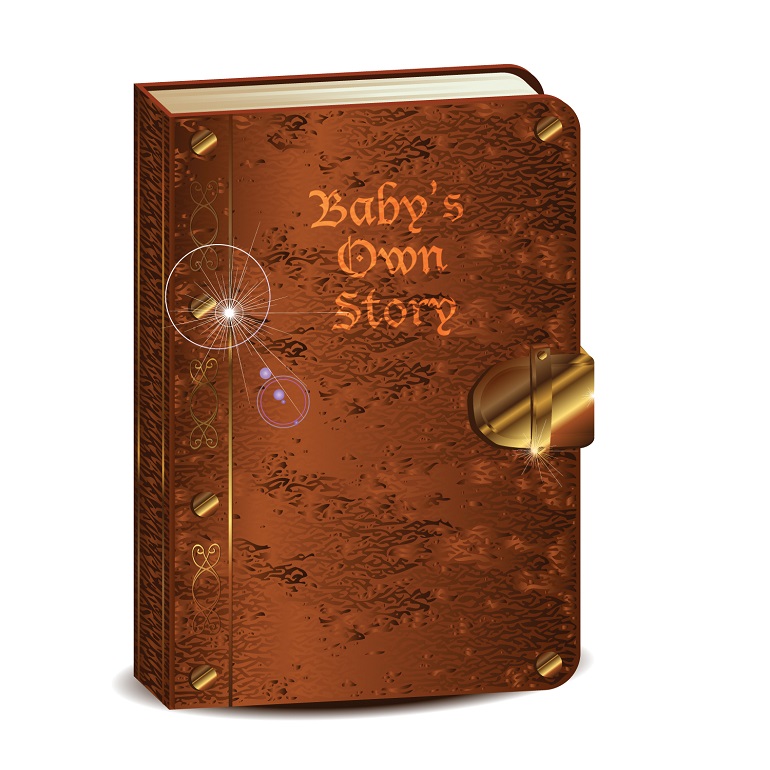Infertility is often described as an irreversible loss, a grief you will carry to your grave. And there are ways in which assisted reproduction is not like the natural experience. There were times when Melissa and Fie (the gestational carriers of our “twiblings”) would rest their hands on their bellies, and the same dreamy look of contentment would steal over their faces, like a woman in a Vermeer painting–a feeling I would never know. The baby’s heart did not beat under my heart, its immune system was not tuned by my immune system and I was not–physically and emotionally–expecting in the same way. The morning we got the call from Melissa, I felt it wasn’t a good day to have a baby after all–I had work I wanted to finish. I felt as shocked as if I had imagined my virtual pregnancy would lead to a virtual baby, like a pet rock, and I wished we could reschedule the delivery for a couple of months later–say, first thing in 2010, or, better yet, 2013. But then I snipped Kieran’s umbilical cord and took him in my arms, and he stared up at me, not even surprised, and held my finger with his fierce grip that kept his simian ancestors from plummeting to the forest floor, and I whispered that I’d never let him go–and I never will.
When our own fertility treatment finally failed, Michael said, “There will always be a part of us that wishes that we had met when were younger and could have had children naturally together.” At the time, I thought I would always feel that way, but when I look in my heart now, those feelings just aren’t there–and Michael has trouble recalling that he ever felt that way. “Then we wouldn’t have the twiblings!” he said. Infertility feels like a death, but because it’s not the death of a person, but the death of hope…that grief vanishes when you first hear the beating of real hearts.
Plan A–making babies with the tools you have around the house, as they say, the fun, free tools–faded into the background, and Plan B became foreground. I can count the ways Plan B is a less-desirable way to have children–the route seems to take you off the edge of the world and into the land of scrolly dragons. But when you actually go there, the map shifts. The brains ability to rewrite–to destinize, as it were–the birth story and turn a barn into a manger is so powerful that Plan B, all its unsexiness notwithstanding, became the best plan, because Plan B created the children that we have and are convinced we had to have. There had to be a soft spot in the top of Kieran’s head that seems to have been put there to make a perfect hollow for your lips to rest in a kiss. And Violet had to twirl her hair and press her tongue against her lips when she was thinking, in a pose that we call Philosophical Violet…
Assisted reproduction hardly seems a romantic beginning, but it became romantic to us when it became our story: “Baby’s Own Story,” as the vintage baby books I am filling out for each of them declare. It’s one I am always composing and that, one day, I will tell to our children, and it will take shape and grow in each of their minds, as they write the stories of their lives that become their lives.
Once there was a couple who wanted to have babies. They tried and tried, but no babies arrived, and they were very sad. But then a Fairy Goddoner brought them some magical eggs. She came from a place where it never rains, and she drove a midnight blue convertible and had long golden hair (well, currently short and aubergine). They took the eggs, and the eggs changed into the beginnings of babies, and they gave them to angel women to help them grow. So the angel women stowed the beginning of each baby in their bodies, where they grew like pumpkins. Do you know who those babies are?
From The New York Times, 1/2/2011 © 2011 The New York Times. All rights reserved. Used by permission and protected by the Copyright Laws of the United States. The printing, copying, redistribution, or retransmission of the Content without express permission is prohibited.



